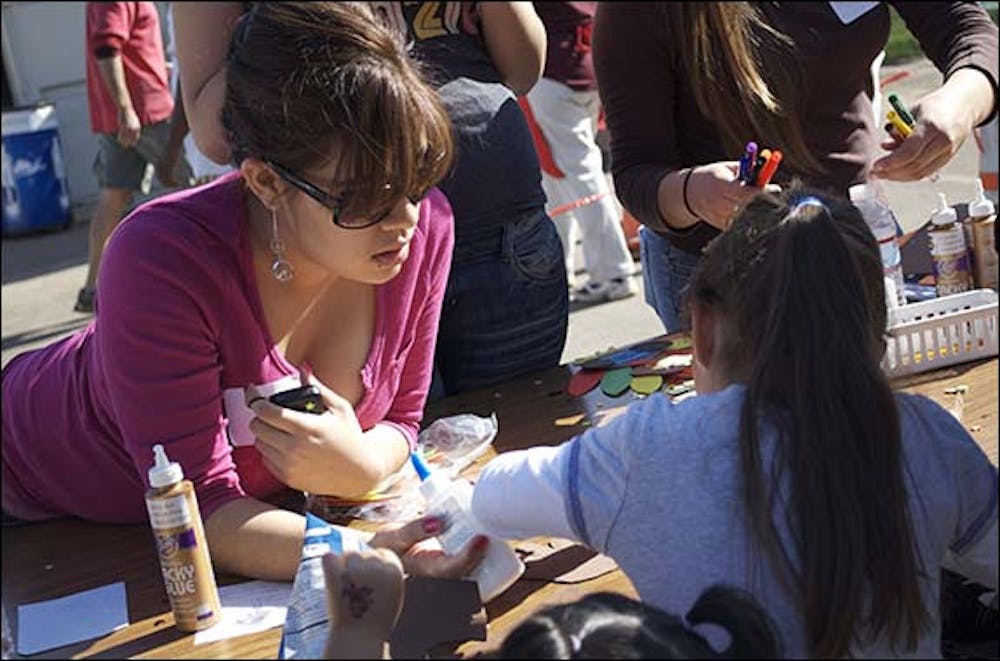The ASU Wells Fargo Student Center held a homelessness panel at the Downtown campus Tuesday to discuss the myths and misconceptions of homelessness.
Creative writing senior Eichelle Armstrong had the idea for the panel and put it together.
“When I was a freshman I lived [in] downtown [Phoenix] and had a friend who was deathly afraid of the homeless,” she said. Because of this, Armstrong decided to create a discussion where students can learn the realities of homelessness.
The panel consisted of five experts and they spoke to eight participating students.
Panelist Terry Araman, who works for the Lodestar Day Resource Center, said officials from Maricopa County conduct a study about the homeless population annually.
The Maricopa Association of Governments study found a 20 percent increase in homeless people between January 2008 and January 2009. There were about 2,918 homeless people in Maricopa County as of January 2009.
However, that number doesn’t include people living in shelters across the Valley. Numbers aren’t yet available for 2009, according to the study, but there were 4,793 people living in shelters in 2008.
The study reports that there are 280 homeless people under the age of 18, an increase of 280 percent since 2008. The number of homeless adults increased 14 percent to 2,698; and the number of homeless families increased 248 percent, to 37.
Through present economic hardships, many individuals and families have been evicted or have lost their jobs or mortgages, Araman said.
“We’ve been seeing a lot of what we call the ‘new homeless,’” he said.
Criminal justice freshman Natasa Peric said she went to the discussion because she sees a lot of homeless people in the downtown Phoenix area where she lives.
“I wanted to know when it’s good to give [homeless people] money and when it’s not,” she said.
Panelist Madeline Heck, who works for Maggie’s Place, a Phoenix organization that provides a home for expectant mothers, said money should only be given to homeless people if it is to help them obtain food or clothing.
“In my experience when money is asked for it is not for those legitimate needs,” she said.
Homeless people have other options to get these needs besides asking for money, Heck said.
“There are resources available for homeless people,” she said. “There are places to [get] food [and] there are places to get clothing.”
Panelist Chris Spahle, an employee for Copper Square Ambassadors, said some homeless people could likely be asking for money to buy drugs.
“It is much better just to give them food,” he said.
If he is approached, Spahle said he will offer to buy the person food and if he or she refuses, he knows the money was for something else.
Most attention geared toward the homeless happens around the holidays, Araman said, but that isn’t enough.
“People need to eat all year round,” he said.
Reach the reporter at rachel.jimenez@asu.edu.




